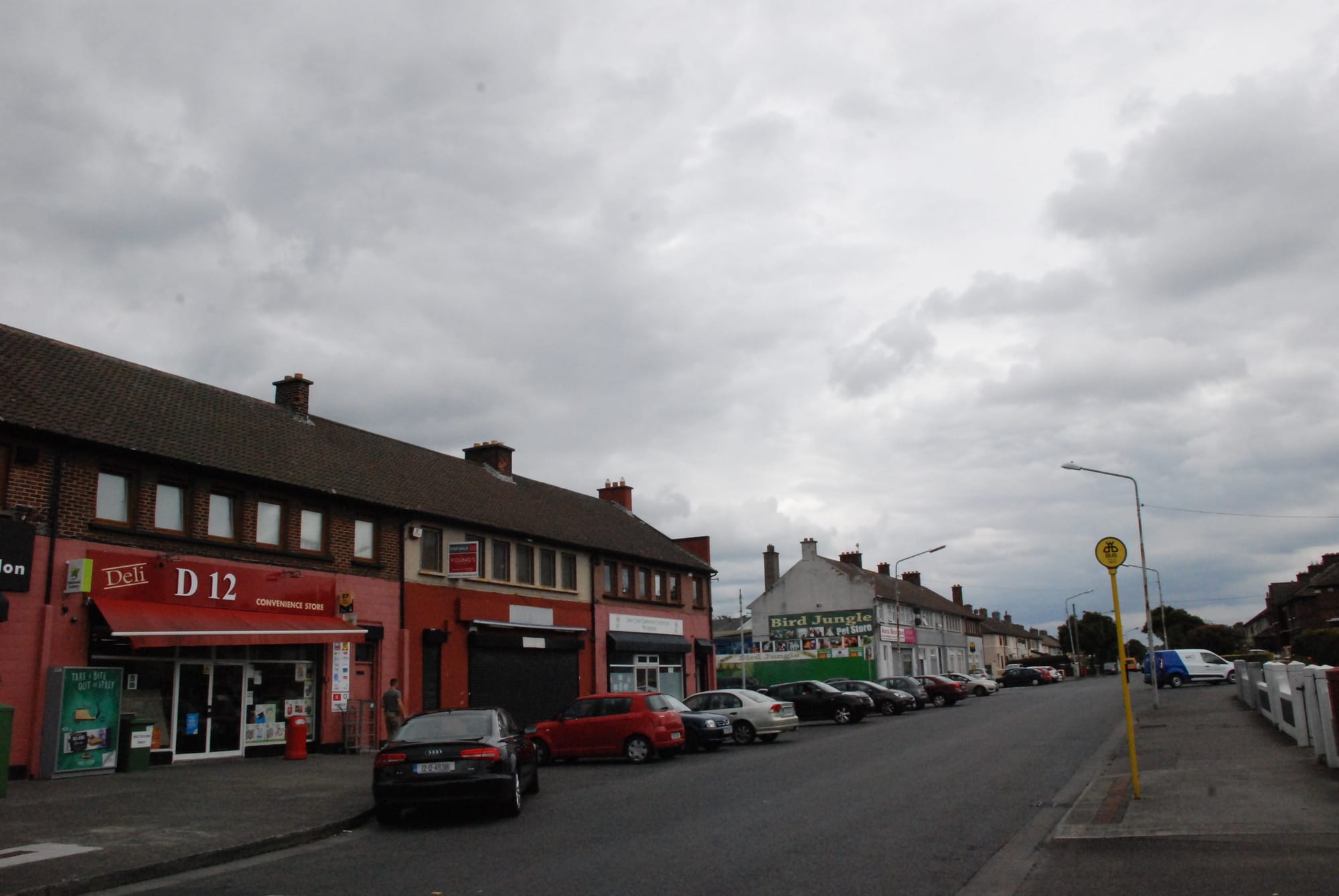What’s the best way to tell area residents about plans for a new asylum shelter nearby?
The government should tell communities directly about plans for new asylum shelters, some activists and politicians say.
The plan cost the council nearly €140,000 to draw up before the crash.

Ten years ago, Dublin City Council had plans for Drimnagh.
In 2009, councillors in the south-central area of the city approved an integrated area plan for the Dublin 12 suburb. The ambitious strategy cost the council nearly €140,000 to draw up, according to a council spokesperson.
Then came the economic crash, and the plan faded into obscurity.
Drimnagh has seen little or no investment or improvement in amenities since then, local representatives say. But now that the council has a bit more money than a few years back, they reckon it’s time to revive the plan.
Drimnagh sits between Inchicore and Crumlin, south of the Grand Canal.
The 2009 plan talks in broad terms about “developing a sense of place and identity”, “enhancing green spaces and amenity”, “providing better links with Drimnagh Castle”, and “improving permeability”.
It also set the outlines for how key sites within the greater area should be developed, including a large privately owned piece of land at Davitt Road, and the Crumlin Shopping Centre.
The area’s green spaces – from Brickfields Park to Lansdowne Valley Park – were supposed to be improved. The Grand Canal was to be promoted as a local amenity, and so was the 13th century Drimnagh Castle.
Better footpaths and roads were supposed to link Drimnagh with the surrounding area. “There are issues regarding universal accessibility in getting around Drimnagh,” the plan notes.
The final plan envisioned a biodiversity corridor through the area, and revamped sports and recreation facilities. It also identified the need to bring in more shops and other businesses.
When the council’s South Central Area Committee agreed the plan in 2009, things looked promising, says Sinn Féin Councillor Ray McHugh.
At the time, the community was firmly behind the plan and its recommendations, says Peter Burke, chairperson of the Drimnagh Residents Association, who sat on the steering committee.
“Everyone was on a high, thinking something positive was going to come out of this,” Burke says. “Then the economy went belly-up, and that was that.”
But then the economic downturn came and the plan couldn’t be carried out, said a council press officer, by email.
Since then, the Davitt Road site has been acquired by the HSE and will be used as a builders dumping site while the new National Children’s Hospital is built, they said.
“[The economic downturn] has resulted in a very low level of economic activity and development proposals since 2009,” the press officer said. But the plan is “still active”.
For years, says Burke, Drimnagh has been neglected. “But we’re trying to see what can be done now to revive the plan,” he says.
Independent Councillor Vincent Jackson says Drimnagh still doesn’t have a proper centre.
“Drimnagh has suffered very badly because of where it’s located,” he says. “It’s sandwiched between Inchicore on one side and Crumlin on the other side.”

Because it’s close to these other, larger urban centres, it has few amenities of its own, says Jackson. Some were calling for a public library in Drimnagh long before the plan, he said. They still want it.
“In order to create a core and a heart to an area, there does need to be a concentration of services, whether they be community facilities or cultural facilities,” he says. “While every community can’t have every facility on its doorstep, there are 12,500 people in Drimnagh.”
At the moment, the Bosco Youth Centre is one of the few facilities available to the community, says McHugh.
Locals are frustrated, says Jackson – and it grates that €139,427 was spent drawing up the plan. “It’s a huge amount of money,” he says.
“If you live in that area and you’re a community activist, you could feel that the area has been abandoned by officialdom,” he says. “It always just seems to be on the wrong end of the stick.”
Burke, of the residents’ association, says Drimnagh’s problems aren’t helped by the changes made to electoral boundaries in 2013, which included expanding some wards in Dublin.
“Drimnagh is now split in two,” he says. “People don’t talk about Drimnagh. They talk about Ballyfermot or they talk about Crumlin. Drimnagh is in the middle. It’s neither here nor there.”
This has led to the idea that “Drimnagh is just attached to somewhere else”, says Burke.
Jackson agrees. “It has been a disaster for Drimnagh,” he says. “Thought was not put into whether you could get good local representation at a local level with supersized constituencies.”
Burke is remaining positive, though. If they can get a committee for the plan “up and running again it might draw some attention back to the area”, he says.
Get our latest headlines in one of them, and recommendations for things to do in Dublin in the other.